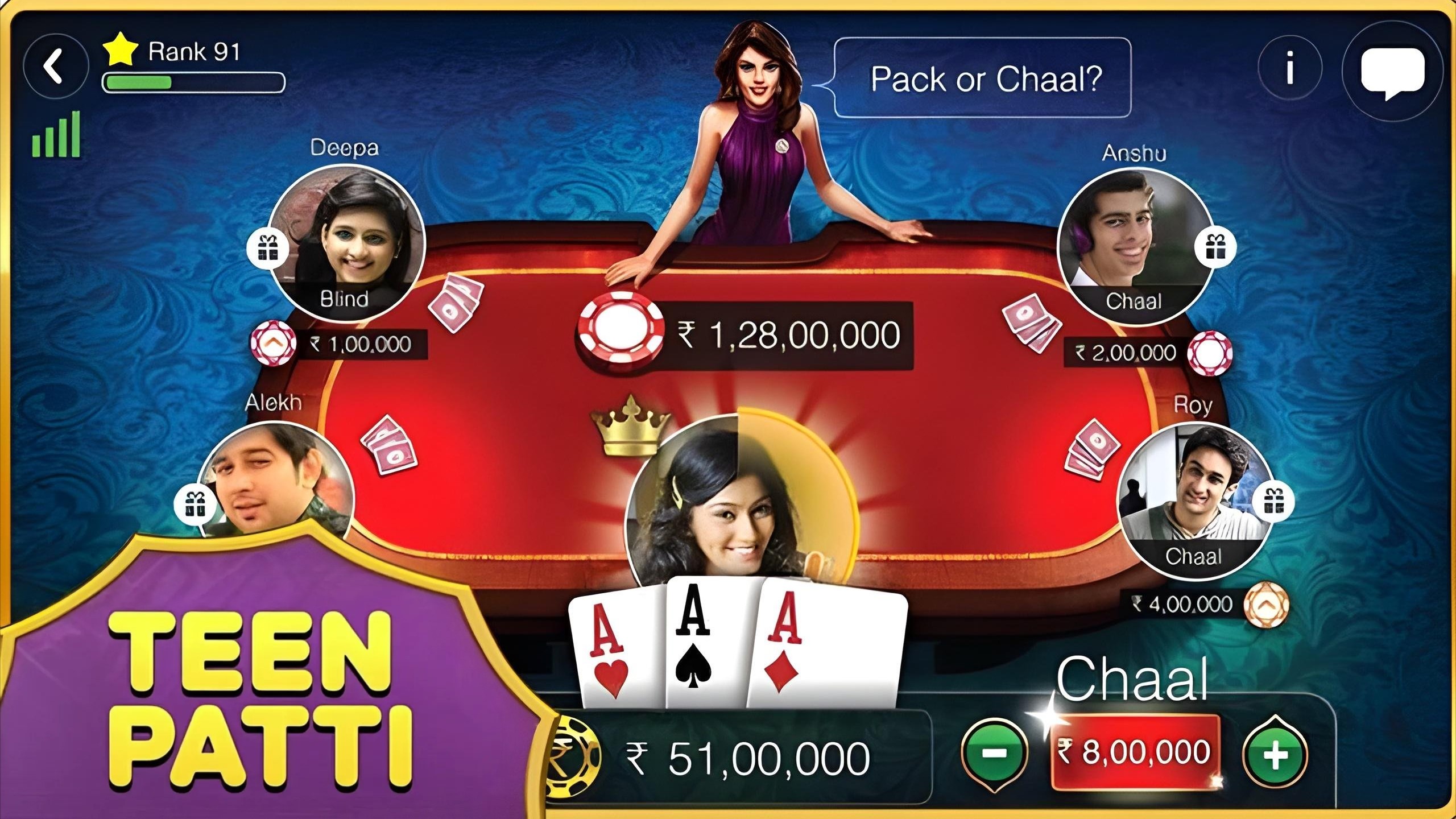If you’re diving into the exciting world of sports betting in India, one of the first things you’ll encounter is the variety of betting odds formats. But don’t worry! Odds might look confusing at first, but once you get the hang of how to read them, betting becomes a lot more fun—and profitable.
Betting Odds
Betting odds are essentially numerical expressions that show two key things: the likelihood of a particular event happening and how much money you stand to win if your bet is successful. Think of odds as a kind of translator between the world of probabilities—how likely something is to occur—and the potential payouts, or rewards, you receive if you guess correctly. For example, if a cricket team has low odds, it means they are more likely to win, but your payout will be smaller. Conversely, higher odds mean the outcome is less likely, but your potential reward is bigger. Understanding this balance is key to making sense of any bet you place.
In India, where sports betting is growing rapidly, odds are the backbone of all betting activities. Whether you’re betting on a cricket match, football game, or kabaddi tournament, the odds will guide your decisions on where to place your money. They serve as a common language that connects the bookmaker’s assessment of a game with your personal risk appetite. So, before placing any bet, it’s important to grasp what the odds are telling you—not just for the sake of winning money, but also to understand the risks involved.
Why Understanding Odds is Crucial for Bettors
Imagine walking into a shop and buying something without knowing the price. It sounds strange, right? That’s exactly what betting feels like if you don’t understand odds. Without knowing how to read odds properly, you’re essentially guessing in the dark, risking money without a clear idea of what you stand to gain or lose. For bettors, this lack of understanding can lead to poor decisions, unnecessary losses, and frustration. On the other hand, knowing how to interpret odds equips you with valuable insight, allowing you to place smarter bets and increase your chances of success.
In the Indian betting scene, where emotions can run high—especially in cricket matches—having a clear grasp of odds can prevent impulsive betting driven by excitement alone. Understanding odds not only helps you manage your bankroll better but also encourages disciplined betting strategies. It teaches you how to weigh risk versus reward and recognize value bets, where the odds offered by bookmakers might be better than the actual probability of the event. Ultimately, this knowledge transforms betting from a game of chance into a more calculated and enjoyable activity.
Fractional Odds Explained
Fractional odds are one of the oldest and most traditional ways to display betting odds, especially popular among Indian bettors who follow cricket and other classic sports. These odds appear as a fraction, such as 5/1 or 10/3, and are sometimes called British odds. The fraction essentially tells you how much profit you will make relative to your stake. For example, odds of 5/1 mean that for every ₹1 you bet, you stand to win ₹5 in profit if your bet is successful. Your total payout would then include your original stake plus the profit. Fractional odds are particularly intuitive once you get used to them because they clearly express the potential winnings relative to the stake amount.
How to Read Fractional Odds
Reading fractional odds is straightforward once you understand the basic concept behind the numbers. The odds are presented as a fraction, such as 5/1, 7/2, or 10/3. The first number (numerator) tells you the profit you’ll earn if the second number (denominator) is your stake. For example, with 5/1 odds, the “5” is the profit you make for every 1 unit you bet. So, if you bet ₹100 at 5/1 and win, you will earn ₹500 as profit, plus your original ₹100 stake back. This format emphasizes how much you can gain relative to what you bet.
In India, where betting is often done in rupees, the fractional format helps bettors quickly visualize their possible returns without needing complicated calculations. It also gives a clear perspective on risk versus reward. A smaller fraction like 2/5 means you need to bet ₹5 to win ₹2, indicating a higher chance of success but lower profit. On the other hand, larger fractions such as 10/1 suggest a lower probability but a much bigger reward. This balance is crucial for bettors when deciding which bets to place and how much to stake.
Calculating Potential Returns from Fractional Odds
To calculate your total returns from fractional odds, you can use a simple formula:
Total Return = (Stake × Numerator / Denominator) + Stake
Let’s break this down with an example. Suppose you place a bet of ₹100 on an outcome with fractional odds of 5/1. Using the formula:
- Multiply your stake by the numerator: 100 × 5 = 500
- Divide by the denominator: 500 ÷ 1 = 500
- Add your original stake: 500 + 100 = 600
So, your total return will be ₹600. This means you get back your ₹100 stake plus ₹500 in profit.
In the Indian betting context, this calculation helps bettors estimate their potential earnings quickly, especially during live matches where decisions need to be made fast. The fractional format also allows bettors to experiment with different stakes and odds before committing their money, giving them a clear understanding of potential rewards and losses.
Examples of Fractional Odds in Indian Betting
Fractional odds are particularly prevalent in cricket betting in India, which is by far the most popular sport for bettors. For instance, if a batsman is given odds of 10/1 to score a century in a match, it means that if you bet ₹100 and the batsman scores 100 runs or more, you will win ₹1000 plus your original stake back. Such bets attract many fans because of the high payout potential tied to a relatively rare event.
Beyond cricket, fractional odds can be found in other popular Indian sports betting markets such as football and kabaddi. For example, a kabaddi team might have fractional odds of 3/2 to win a match, meaning you earn ₹3 for every ₹2 you bet. Indian bettors appreciate fractional odds because they combine simplicity with a direct relationship between stake and profit, making it easier to strategize betting during live events or pre-match betting.
Decimal Odds Explained
Decimal odds are among the most straightforward and user-friendly ways to represent betting odds, which is why they have become very popular in India, especially on online betting platforms. The decimal number shows the total amount you will receive for every ₹1 staked, including your original stake. This means that if the decimal odds are 2.50, for every ₹1 you bet, you will receive ₹2.50 back if you win—₹1 of that is your initial stake, and ₹1.50 is your profit. This format makes it extremely easy for bettors to quickly understand the potential return on their bets without complicated calculations, making it very appealing for both beginners and experienced bettors in India.
Online betting sites like Betway India, 10Cric, and others often display odds in decimal format because it eliminates confusion and speeds up decision-making, especially during live bets when time is limited. Decimal odds allow you to easily compare the payout potential across multiple outcomes by simply multiplying your stake by the decimal number. This simplicity helps Indian bettors manage their bankroll better and plan their betting strategies with clear expectations of possible returns.
| Stake (₹) | Decimal Odds | Total Return (₹) | Profit (₹) |
| 100 | 1.50 | 100 × 1.50 = 150 | 150 – 100 = 50 |
| 200 | 2.00 | 200 × 2.00 = 400 | 400 – 200 = 200 |
| 100 | 2.50 | 100 × 2.50 = 250 | 250 – 100 = 150 |
| 50 | 3.00 | 50 × 3.00 = 150 | 150 – 50 = 100 |
Calculating Winnings with Decimal Odds
Calculating winnings with decimal odds is as simple as multiplying your stake by the odds number. The formula is:
Total Return = Stake × Decimal Odds
For example, if you place a ₹100 bet on an outcome with decimal odds of 2.50, your total return will be ₹100 × 2.50 = ₹250. This amount includes your original ₹100 stake, so your actual profit would be ₹150. This straightforward calculation removes any guesswork, making decimal odds highly convenient for Indian bettors who want quick clarity about their potential returns.
This clarity also helps bettors to decide how much to stake according to the returns they expect, without needing to convert odds or perform complex math. In India’s fast-growing online betting market, decimal odds reduce barriers to entry and help bettors build confidence as they experiment with different sports like cricket, football, and kabaddi.
Why Decimal Odds Are Popular Among Indian Bettors
Decimal odds have become the most common odds format on Indian betting websites due to their simplicity and transparency. Unlike fractional or moneyline odds, decimal odds immediately tell you the total payout, eliminating confusion and speeding up decision-making. This format fits perfectly with the fast-paced online betting environment in India, where quick, clear information is vital. Many Indian bettors, especially newcomers, find decimal odds easier to understand compared to the more traditional fractional format, which requires an extra step of calculation.
Furthermore, because decimal odds combine the profit and stake into a single number, they help bettors easily compare the value of different bets across multiple sports and markets. This convenience is especially useful when betting on live events, where odds can change rapidly. Betting platforms in India often default to decimal odds for this reason, helping Indian players make smarter bets with greater confidence and accuracy.
Moneyline Odds Explained
Moneyline odds, also known as American odds, are mostly used in the United States but are slowly gaining popularity worldwide, including among Indian bettors exploring international sportsbooks. Moneyline odds can appear as either positive or negative numbers, representing two different types of bets. Positive moneyline odds indicate how much profit you would earn on a ₹100 stake, while negative odds show how much you need to bet to earn ₹100 profit. This dual format can seem complicated at first but becomes intuitive with practice, especially for Indian bettors branching out beyond local platforms.
Indian bettors often encounter moneyline odds on international betting sites that cover global sports events like the NFL, NBA, or major tennis tournaments. Understanding these odds allows bettors in India to compare betting markets globally and explore more diverse betting options. As Indian betting platforms expand their offerings, knowledge of moneyline odds is becoming a useful skill for bettors who want to maximize their potential profits.
Positive vs Negative Moneyline Odds
Moneyline odds work differently depending on whether they are positive or negative:
- Positive odds (e.g., +200): This tells you how much profit you make on a ₹100 bet. For example, +200 means a ₹100 bet would win you ₹200 in profit.
- Negative odds (e.g., -150): This indicates how much you need to bet to win ₹100 profit. So, -150 means you have to bet ₹150 to make ₹100 profit.
For Indian bettors, this system highlights the risk versus reward clearly: positive odds usually belong to underdogs with higher potential payouts, while negative odds represent favorites with lower but safer returns. Understanding this distinction helps bettors make more strategic wagers and manage their stakes according to the risk level.
Calculating Profit Using Moneyline Odds
To calculate profits from moneyline odds, different formulas apply depending on whether the odds are positive or negative:
- For positive odds:
Profit = (Stake × Odds) / 100
For example, a ₹100 bet at +200 odds returns:
(100 × 200) / 100 = ₹200 profit, plus the original ₹100 stake. - For negative odds:
Profit = (Stake × 100) / |Odds|
For example, a ₹150 bet at -150 odds returns:
(150 × 100) / 150 = ₹100 profit, plus the ₹150 stake back.
These calculations allow Indian bettors to quickly estimate potential profits and make informed decisions, especially when betting on international sports or using offshore bookmakers that primarily use moneyline odds.




